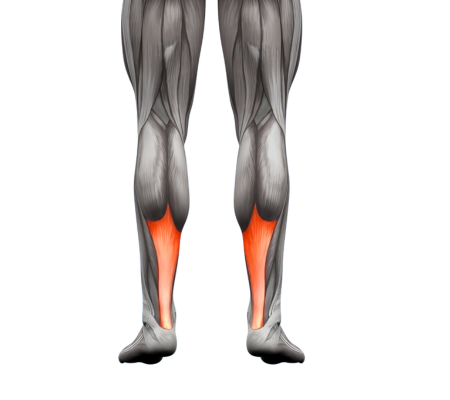Achilles tendonitis is a condition characterized by inflammation and irritation of the Achilles tendon, which is the large tendon that connects the calf muscles to the heel bone. It is typically caused by overuse, repetitive strain, or injury to the tendon. Here’s some information about Achilles tendonitis and its treatment:
Causes: The most common causes of Achilles tendonitis include:
1. Overuse or Overload:
Engaging in activities that involve repetitive movements or excessive stress on the Achilles tendon, such as running, jumping, or sudden increases in intensity or duration of exercise.
2. Tight or Weak Calf Muscles:
Insufficient flexibility or strength in the calf muscles can put increased strain on the Achilles tendon during physical activity.
3. Improper Footwear:
Wearing shoes that do not provide proper support or cushioning can contribute to the development of Achilles tendonitis.
4. Biomechanical Factors:
Abnormal foot structure or gait patterns that put extra stress on the Achilles tendon.
Symptoms: The common symptoms of Achilles tendonitis may include:
1. Pain and stiffness along the back of the leg, near the heel.
2. Tenderness and swelling in the Achilles tendon area.
3. Increased pain during physical activity or when pushing off the affected leg.
4. Morning stiffness and pain, which may improve with gentle activity.
Treatment: Treatment options for Achilles tendonitis aim to relieve pain, reduce inflammation, and promote healing. They may include:
1. Rest and Modification of Activities:
Resting the affected leg and avoiding activities that worsen symptoms, especially high-impact activities that strain the Achilles tendon.
2. Ice Therapy:
Applying ice packs or cold compresses to the affected area can help reduce inflammation and alleviate pain. Ice should be applied for 15-20 minutes several times a day.
3. Nonsteroidal Anti-inflammatory Drugs (NSAIDs):
Over-the-counter NSAIDs, such as ibuprofen or naproxen, can help reduce pain and inflammation. However, they should be used as directed and under the guidance of a healthcare professional.
4. Physical Therapy:
Specific stretching and strengthening exercises can be prescribed to improve flexibility and strength in the calf muscles and Achilles tendon. Physical therapy may also involve techniques such as ultrasound, laser therapy, or extracorporeal shockwave therapy (ESWT) to promote healing.
5. Orthotic Devices:
Using heel lifts, shoe inserts, or custom orthotic devices can help support the foot and reduce strain on the Achilles tendon.
6. Footwear Modifications:
Wearing shoes with proper cushioning, arch support, and a slightly elevated heel can help alleviate symptoms and prevent recurrence.
7. Immobilization:
In severe cases or when conservative treatments fail to provide relief, immobilization with a walking boot or cast may be necessary to allow the tendon to heal.
Surgery is typically considered only when other treatments have not been effective, and there is a significant disruption or degeneration of the tendon.
It’s important to consult with a healthcare professional, such as an orthopedic specialist or a physical therapist, for an accurate diagnosis and personalized treatment plan for Achilles tendonitis. They can assess the severity of your condition and recommend the most appropriate treatment options based on your specific needs. At Alabama Bone and Joint Clinic our specialists are able to guide you through your treatment options. Call today to schedule an appointment with one of our experts in orthopedic care.

Lorem ipsum dolor sit amet, consectetur adipiscing elit. Ut elit tellus, luctus nec ullamcorper mattis, pulvinar dapibus leo.
CEO
Lorem ipsum dolor sit amet, consectetur adipiscing elit. Ut elit tellus, luctus nec ullamcorper mattis, pulvinar dapibus leo.
CEO
Lorem ipsum dolor sit amet, consectetur adipiscing elit. Ut elit tellus, luctus nec ullamcorper mattis, pulvinar dapibus leo.
CEO

